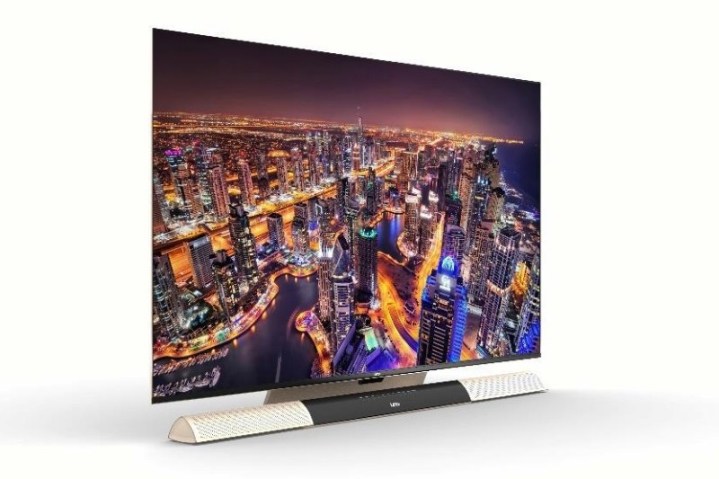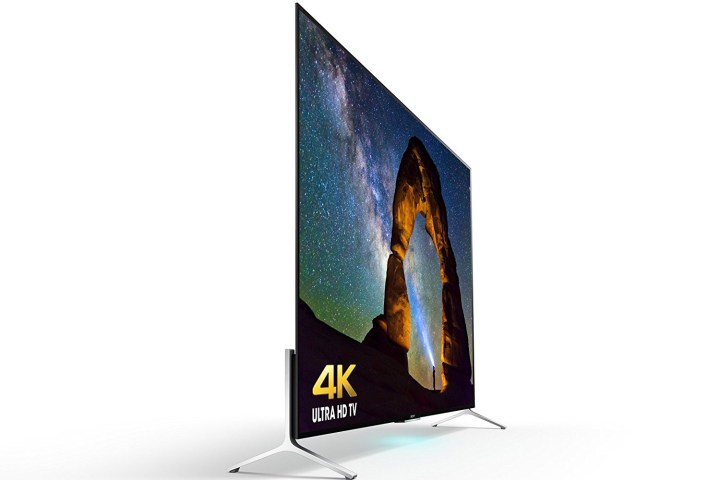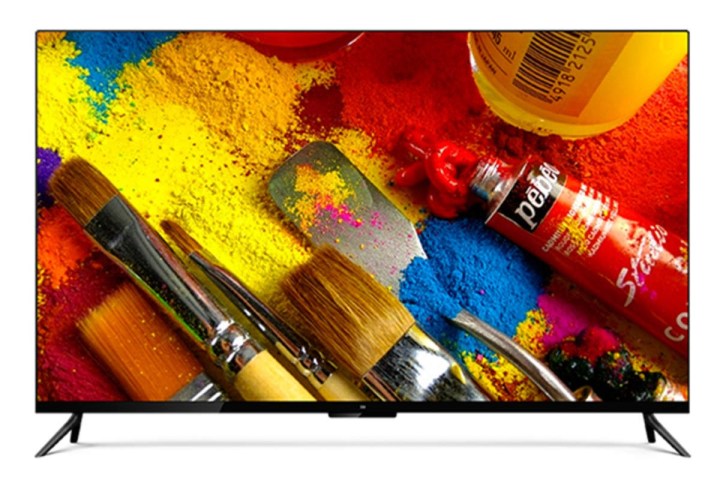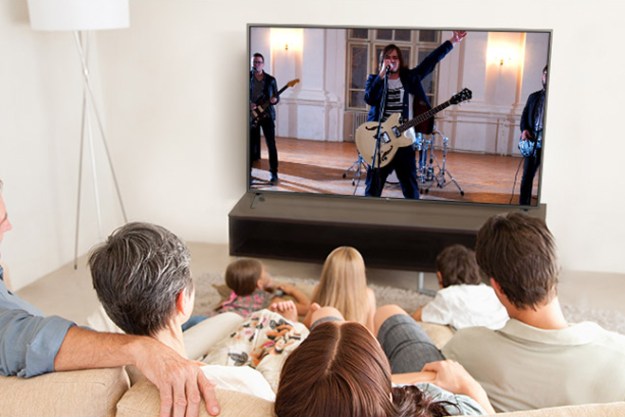You’ve probably noticed how amazingly thin today’s TVs can get, but are you curious to know just how thin a TV can be? Are there TVs you can put on up the wall like a poster? How thin can a display get before it’s just not functional?
Fortunately for all of us, the top TV manufacturers in the world have made great efforts to find out, especially with the dawn of OLED screens. These super-thin TVs make a great impression at CES and add some “wow” factor that brands capitalize on, although they can be difficult to find in the wild (where mass manufacturing – and installing a paper-thin TV in your home – aren’t exactly easy). But that doesn’t make them any less cool! So let’s take a look at the slimmest of them all, starting with the king of this particular field – LG.
LG OLED “Wallpaper” TVs (2.5mm)

While many brands have dabbled in making super-thin TVs, LG considers it a specialty. And at CES 2017 it showed off a display that no one had been able to create thus far – an incredible 2.5mm “Wallpaper” prototype that was simply the thinnest any manufacturer has been able to produce so far.
Of course, this particular prototype was mostly for showing off. LG did promise a more marketable version of the concept with its OLED W7 models, which clocked it at a still-very-impressive 3.85mm, another record that no one else has been able to beat.
Of course, as we mentioned, these incredible designs tend to go through changes when the time comes for mass production and shipping, and ultra-thin models tend to be available for only short periods before companies focus on models with broader appeal and more durability. That’s why you can’t find the 3.85mm TV in stores anymore, but you can get close if you’re willing to spend a lot. The LG 65-inch WX model model is available at around only 5mm, while this LG 65-inch GX is about 20mm: Still very thin, but large enough to comfortably set up in a traditional entertainment system.
While LG hasn’t gone thinner in recent years, they haven’t given up their specialty entirely. At CES 2020, in fact, they showed off the rollable OLED TV R9, an ultra-thin TV that actually rolls in and out of its speaker bar, thus solving the problem of how to deal with these types of TVs in the average home. There’s no word yet on exactly how thin these rollable TVs may be (and no sign of a release date), but it’s good to see LG is still going strong in this area. But let’s take a look at some other contenders…
Letv Super 4 Max65 (3.9mm)

We don’t know as much about this model, since it was only briefly shown at CES 2016 by the Chinese conglomerate Letv, but we do know that it was only 3.9mm thick, had an additional 3D version, used a 1.8GHz processor, and was designed to be accompanied by a Harman Kardon speaker. It also appears to use some Samsung technology in its display. Reviews are scarce and we aren’t sure what version of this TV was eventually sold (or if reached the public at all), but for one brief, shining moment it was the slimmest functional TV that anyone had seen.
Sony Bravia X9000C (4.9mm)

Sony has also dabbled in creating super-thin TVs, and the best example is the beautiful. 65-inch Bravia X9000C “Floating Style” TV that Sony showed off in 2015, and briefly sold afterward, although you won’t find Bravia models this thin in stores any longer. In addition to the 4.9mm display, the TV was notable for still providing full 4k resolution and Android-based smart features.
Mi LED Smart TV 4 (4.9mm)

India’s Mi brand also has a claim for one of the thinnest TVs in the world with its 55-inch Smart TV 4, which clocks in at 4.9mm. The TV included 4K resolution, smart TV features with Android TV compatibility, and a bezel-less design that’s similar to Sony’s Bravia approach. Unfortunately, while the full product page is still up, this TV is also unavailable to purchase — although since it’s a 2018 model, there are probably still some used versions floating around the Indian region today.
Special mention: Sony XEL-1 (3mm)

We also want to reserve some praise for the ancient Sony XEL-1 which was announced all the way back in 2007 with a screen that was, despite the truly strange design, a mere 3mm thick. Sony even sold a few the following year, but it was primarily a novelty item designed almost entirely to showcase what was, at the time, very new OLED technology. As a result, it struggled to function as, well, a TV – with only a quarter of the typical 1080p resolution, poor color accuracy, juddering problems, and a super small 11-inch screen. Still, it paved the way for all the thin TVs to come after, and as a result it does deserve some respect.
Editors' Recommendations
- Best Walmart TV deals: 43-inch 4K TV for $195 and more
- Best Buy TV deals: Save on QLED TVs, OLED TVs, and 8K TVs
- Best OLED TV deals: Save on LG C3, Samsung S90C, and more
- The 12 best TVs of 2024
- The 7 best TVs for under $1,000 for 2024




